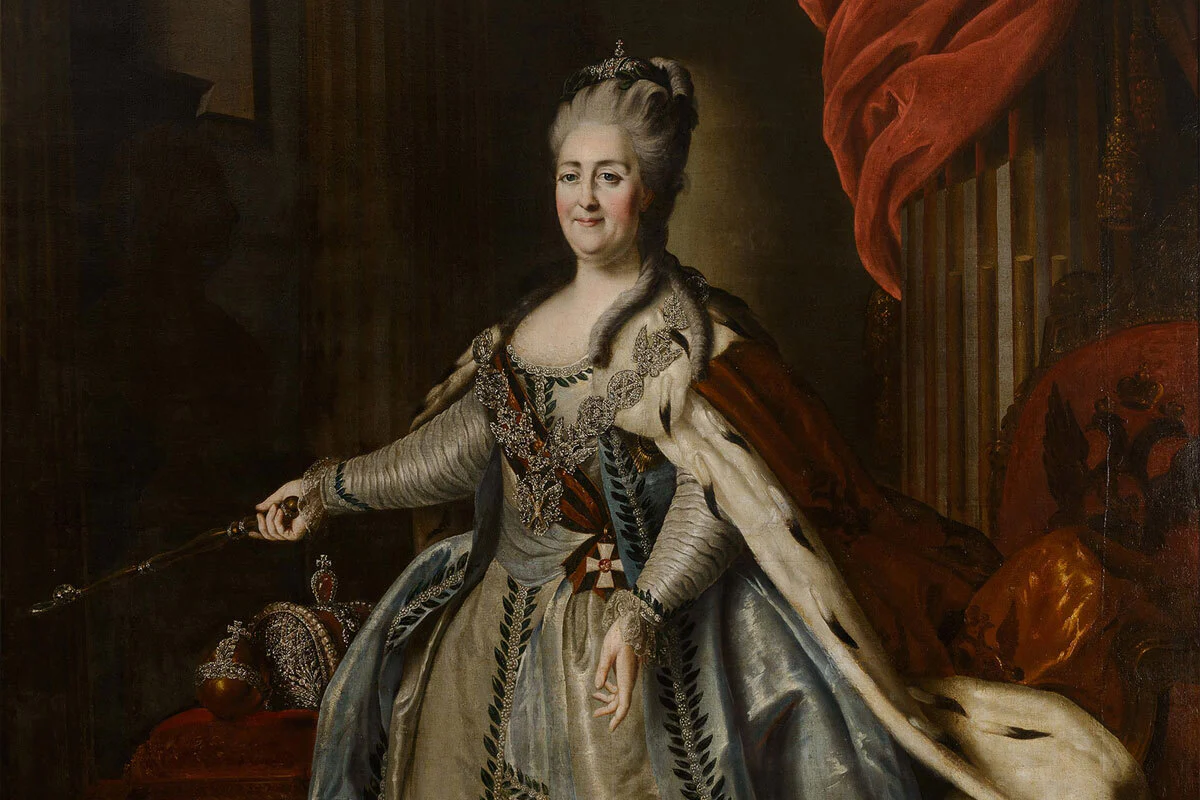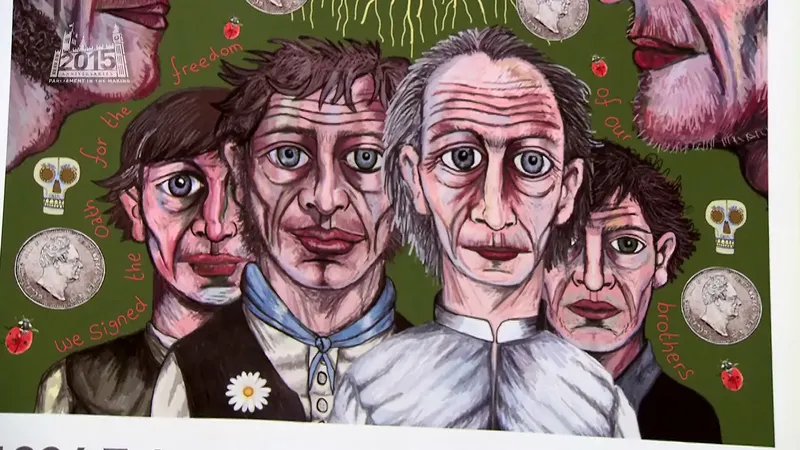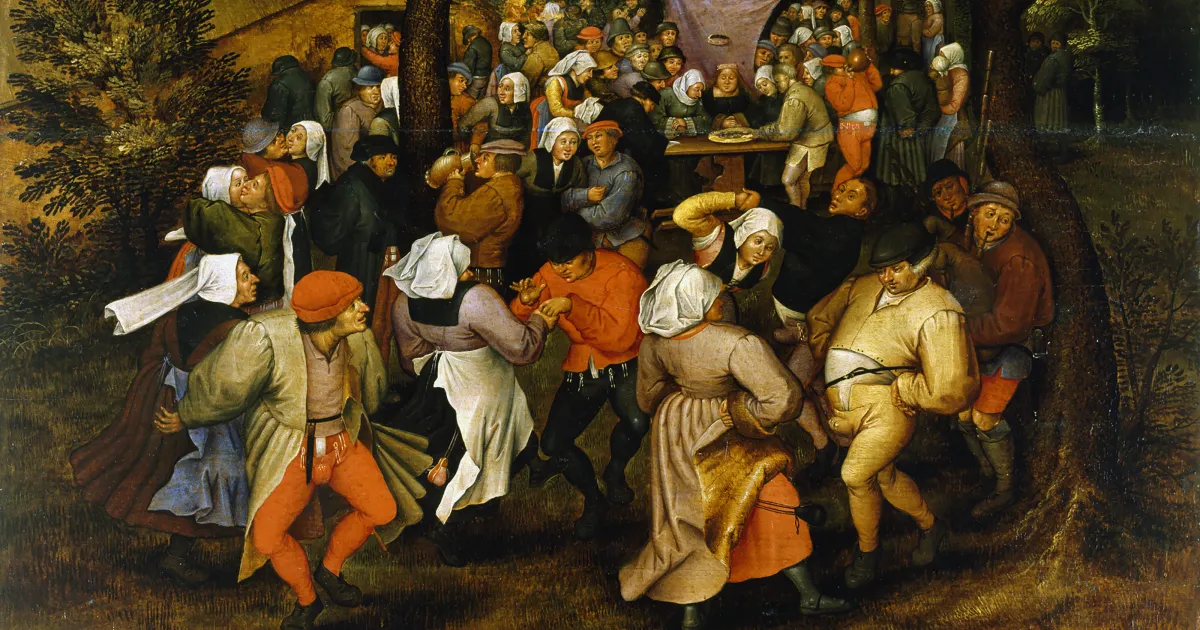sovet-gagarin.org – Catherine II, better known as Catherine the Great, is widely regarded as one of the most influential and remarkable rulers in history. Born in 1729 in Stettin, Prussia (now Szczecin, Poland), she ascended to the Russian throne in 1762, following the overthrow of her husband, Emperor Peter III. Over the course of her reign, Catherine transformed Russia into one of Europe’s greatest powers. Her legacy is marked by her military expansions, domestic reforms, and the cultural enlightenment she brought to the empire, earning her a place among the most prominent monarchs in world history.
Early Life and Rise to Power
Catherine was born as Sophia Augusta Fredericka, a princess of the German principality of Anhalt-Zerbst. At the age of 15, she was married to the heir to the Russian throne, Grand Duke Peter, who would later become Emperor Peter III of Russia. The marriage, however, was not a happy one, as Peter’s immaturity and disinterest in governing made him unpopular among the Russian nobility.
Catherine, on the other hand, was intelligent, well-educated, and highly ambitious. She quickly became fluent in Russian, gaining the favor of the court and the Russian people. In 1762, after just a few years of marriage, Peter III was overthrown in a coup d’état orchestrated by Catherine and her supporters, which included influential members of the military and nobility. She was declared Empress of Russia, marking the beginning of her extraordinary reign.
Expansion of the Russian Empire
One of Catherine’s most significant achievements was her military expansion. She sought to strengthen Russia’s position in Europe and Asia, and she succeeded in significantly increasing the empire’s territory.
-
The Russo-Turkish Wars: Catherine was involved in several wars against the Ottoman Empire, which were crucial to the expansion of Russian influence in the Black Sea region. Under her leadership, Russia gained control over parts of the Black Sea coast and established itself as a dominant power in southeastern Europe.
-
Partition of Poland: Catherine also played a pivotal role in the partitions of Poland, which resulted in the gradual disintegration of the Polish-Lithuanian Commonwealth. In 1772, 1793, and 1795, Russia, Prussia, and Austria divided Poland among themselves, with Russia gaining substantial territory. These partitions greatly expanded Russian influence in Central Europe, but they also sparked resentment among Poles and were a source of political instability for years to come.
-
Catherine’s Expansion Eastward: Catherine sought to modernize and expand Russia’s borders further into Siberia and the Far East. Under her rule, Russian settlers moved eastward, and the empire made significant inroads into Alaska and parts of what is now the Pacific Northwest of North America.
Domestic Reforms and Enlightenment
Catherine was deeply influenced by the Enlightenment, the intellectual movement that emphasized reason, science, and individual rights. She was an admirer of philosophers like Voltaire, Montesquieu, and Diderot, and she sought to apply Enlightenment principles to Russia’s government.
-
Legal Reform: One of her most ambitious projects was the drafting of a new legal code, the Nakaz (Instruction), in 1767. The document aimed to create a more just and rational legal system, advocating for equality before the law and the abolition of torture. Although it was never fully implemented, it marked a significant attempt to modernize Russia’s outdated legal structures.
-
Education and Culture: Catherine was a patron of the arts, literature, and education. She established the Smolny Institute for girls, the first state-financed higher education institution for women in Europe, and played a significant role in the creation of Russia’s first public schools. Catherine also helped to develop St. Petersburg into a cultural hub, commissioning works from architects, artists, and writers. Her court was a center of European Enlightenment thought, where prominent figures from across Europe gathered.
-
Religious and Social Reforms: While Catherine promoted secularism and the Enlightenment’s ideals, she also recognized the power of the Russian Orthodox Church and maintained its importance in Russian society. She enacted reforms aimed at reducing the Church’s political influence but allowed it to remain a central cultural institution. Catherine also sought to strengthen the nobility’s role in the administration, granting them greater control over serfs and allowing them to maintain their traditional privileges.
Challenges and Controversies
Despite her many successes, Catherine’s reign was not without challenges and controversies.
-
Pugachev Rebellion: In 1773, the Cossack leader Emelian Pugachev led a massive rebellion against the empress, claiming to be the true Peter III. The revolt, which garnered significant support from peasants and the lower classes, threatened to destabilize Catherine’s rule. However, the rebellion was suppressed after several years of brutal fighting, reaffirming Catherine’s authority.
-
Serfdom: While Catherine introduced several reforms aimed at modernizing Russia, she did little to address the issue of serfdom, which had become entrenched in Russian society. Though she made some attempts to reform the system, serfs remained under the control of the nobility, and the majority of Russia’s population lived in poverty and harsh conditions.
-
Political Intrigue: Throughout her reign, Catherine faced numerous intrigues and conspiracies. While she skillfully navigated court politics, she was often involved in the manipulation of noble factions and had to fend off several assassination attempts and plots against her life.
Catherine’s Legacy
Catherine the Great ruled Russia for 34 years, from 1762 until her death in 1796. Under her reign, Russia emerged as one of the great powers of Europe, with expanded borders, a thriving economy, and a rich cultural heritage. She is remembered for her remarkable political acumen, military victories, and the cultural flourishing that took place during her reign.
Catherine’s legacy as a female ruler who successfully navigated the male-dominated political landscape of her time remains an inspiration to this day. She demonstrated that a woman could rule a vast empire, implement reforms, and expand her nation’s power on the global stage. Catherine the Great is remembered not only as an empress but as a transformative leader who shaped the future of Russia and Europe.
Her reign may not have been without its flaws, but her ability to rule effectively and decisively, while championing Enlightenment ideals, solidified her place as one of the most influential monarchs in history.




